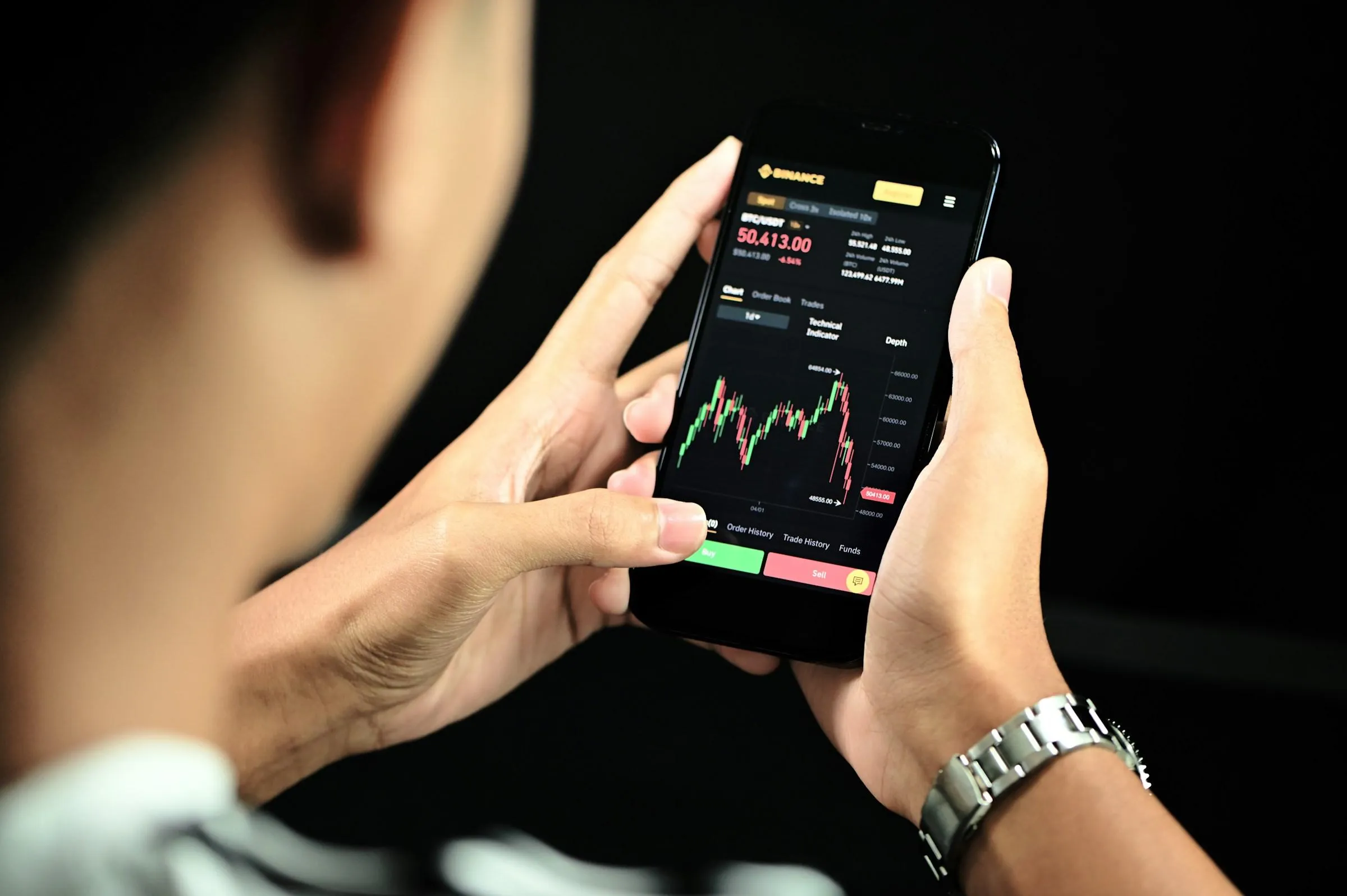Introduction
The way we pay for goods and services has undergone a remarkable transformation over the past few decades. From the humble beginnings of credit cards to the sophisticated digital wallets of today, payment technologies have revolutionized commerce and reshaped consumer behavior. In this article, we’ll explore the fascinating evolution of payment technologies and peek into the future of transactions.
The Birth of Plastic Money
The Credit Card Revolution
- 1950s: Diners Club introduces the first universal credit card
- 1958: American Express launches its first credit card
- 1960s: Interbank Card Association (later MasterCard) and BankAmericard (later Visa) are formed
Impact:
- Convenience for consumers
- Increased purchasing power
- Growth of consumer credit industry
The Rise of Electronic Payments
Point of Sale (POS) Systems
- 1970s: Electronic cash registers with credit card processing capabilities
- 1980s: Widespread adoption of electronic payment terminals
Debit Cards
- 1970s: First debit cards introduced
- 1980s-1990s: Rapid growth in debit card usage
Impact:
- Faster transaction processing
- Reduced reliance on cash
- Improved record-keeping for businesses
The Internet and E-commerce
Online Payment Gateways
- Mid-1990s: Introduction of secure online payment systems
- PayPal founded in 1998, revolutionizing peer-to-peer payments
Virtual Credit Cards
- Early 2000s: Single-use credit card numbers for online shopping
Impact:
- Growth of e-commerce
- Increased concern for online payment security
- Emergence of new payment service providers
The Mobile Revolution
SMS Payments
- Early 2000s: Mobile payments via text messages in some markets
Mobile Banking Apps
- Late 2000s: Banks introduce mobile apps for account management and payments
Near Field Communication (NFC)
- 2010s: Contactless payments using NFC-enabled cards and devices
Impact:
- Convenience of on-the-go payments
- Increased financial inclusion in developing markets
- Blurring of lines between banking and technology sectors
The Era of Digital Wallets
Smartphone-based Wallets
- 2011: Google Wallet launched
- 2014: Apple Pay introduced, followed by Samsung Pay and others
Features:
- Storage of multiple card details
- Tokenization for enhanced security
- Integration with loyalty programs
Impact:
- Streamlined checkout process
- Enhanced security through biometric authentication
- Reduced need for physical cards
Emerging Trends and Future Outlook
Biometric Payments
- Fingerprint, facial recognition, and even vein pattern authentication
- Potential for “pay-by-selfie” technologies
Voice-activated Payments
- Integration with smart home devices and virtual assistants
- Hands-free payment experiences
Blockchain and Cryptocurrencies
- Potential for decentralized, low-cost global transactions
- Challenges in regulation and mainstream adoption
Artificial Intelligence in Payments
- Fraud detection and prevention
- Personalized financial advice and spending insights
Internet of Things (IoT) Payments
- Connected devices making autonomous payments
- Examples: Smart fridges ordering groceries, cars paying for fuel
Challenges and Considerations
Security and Privacy
- Balancing convenience with robust security measures
- Protecting sensitive financial data in an increasingly connected world
Financial Inclusion
- Ensuring access to modern payment technologies for underserved populations
- Bridging the digital divide in payment systems
Regulatory Landscape
- Keeping pace with rapid technological advancements
- Balancing innovation with consumer protection
Interoperability
- Ensuring different payment systems can work together seamlessly
- Creating universal standards for global transactions
The Impact on Society and Commerce
Changing Consumer Behavior
- Shift towards cashless transactions
- Expectation of frictionless payment experiences
Business Adaptation
- Need for merchants to support multiple payment methods
- Opportunities for personalized marketing and customer engagement
Economic Effects
- Potential reduction in the informal economy
- Changes in monetary policy implementation
Conclusion
The evolution of payment technologies from physical cards to digital wallets represents a remarkable journey of innovation. Each step in this evolution has brought increased convenience, security, and efficiency to the way we conduct transactions.
As we look to the future, it’s clear that the pace of innovation in payment technologies is not slowing down. Emerging technologies like biometrics, AI, and blockchain promise to further revolutionize the payments landscape. However, with these advancements come challenges related to security, privacy, and inclusivity that must be addressed.
For consumers and businesses alike, staying informed about these developments will be crucial. The ability to adapt to new payment technologies may well become a key factor in financial well-being and business success in the digital age.
As we embrace these new payment technologies, one thing is certain: the way we think about and handle money will continue to evolve, shaping the future of commerce and our daily lives in profound ways.
